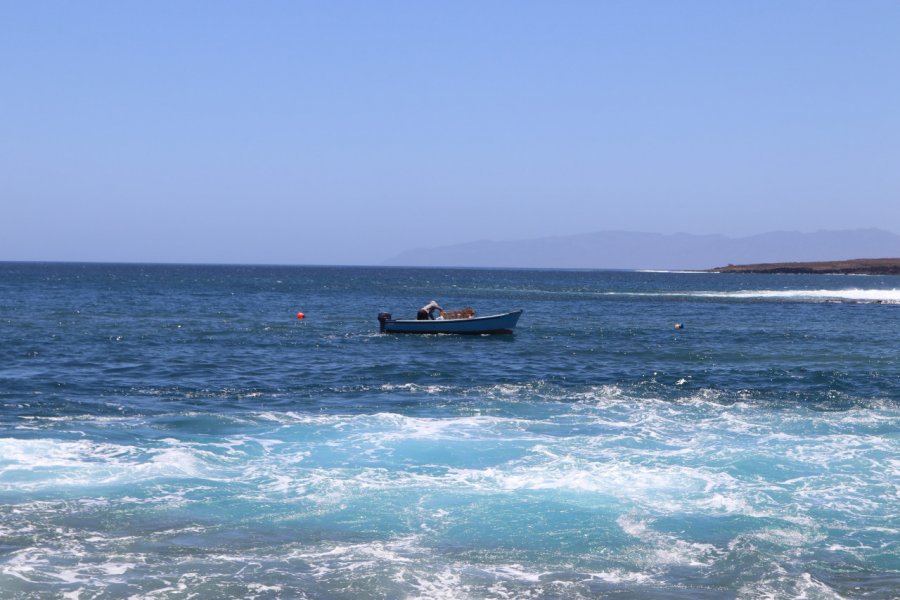Travel Guide Carriçal
Find an accommodation
Advertising
Although not very suitable for trade, given its distance from the capital, Carriçal offered good conditions foraguada (water supply for ships) and for obtaining fresh produce. For these reasons, the port was much frequented by English and North American ships, who called it Fresh Water Bay. These conditions also attracted a good number of pirates and privateers. It was also an important port of call and support for whaling ships, providing, in addition to provisions, hardy men to take part in the whale hunt. This led to the installation of infrastructures linked to this activity, such as the smelting of blubber to extract the oil that was to light up the world, before the use of oil became commonplace. The existence of areas where fish is abundant, particularly tuna, would later lead to the installation of a canning factory here, now in ruins. The village also benefits from a long tradition of canning fish by brining and sun-drying.To reach Carriçal, you have to pass through the towns of Belém, Figueira dos Coches, Morro Bras and Juncalinho. Carriçal is located in the extreme south-east of the island. The village is isolated and the access road is not regularly maintained, so colectivos are sometimes reluctant to make the journey. Alternatively, you can travel by carto Juncalinho and then walk for around 3 hours along this magical road, or why not try hitchhiking?
Suggested addresses Carriçal
Weather at the moment
Advertising
Organize your trip with our partners Carriçal
Transportation
Book your plane tickets
Car Rental
Boat rental
Accommodation & stays
Find a hotel
Holiday rental
Find your campsite
Tailor-made trip
Immersion travel
Services / On site
Activities & visits
Find a doctor
Find unique Stay Offers with our Partners
Pictures and images Carriçal
Other destinations nearby Carriçal
25 km away




